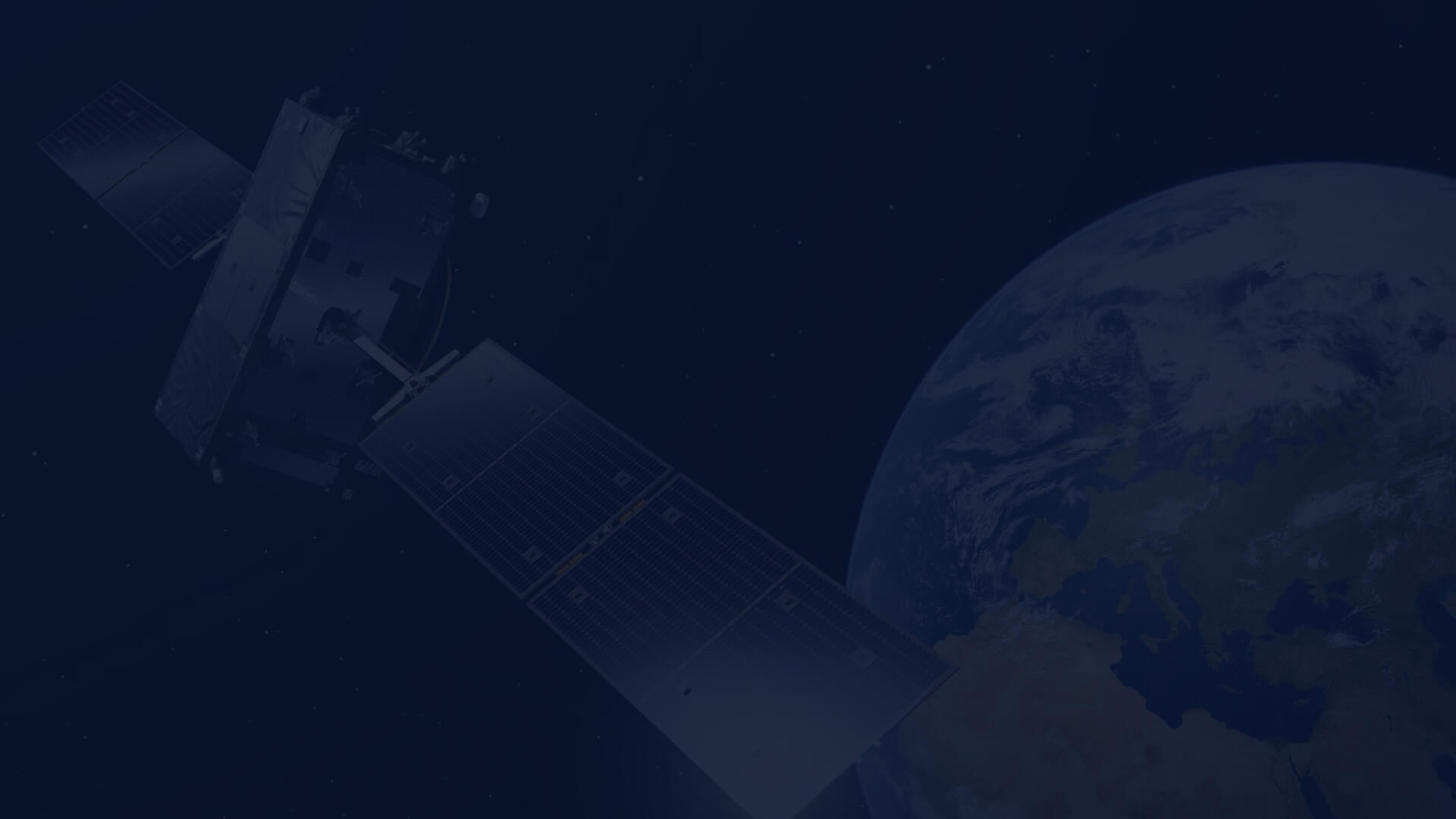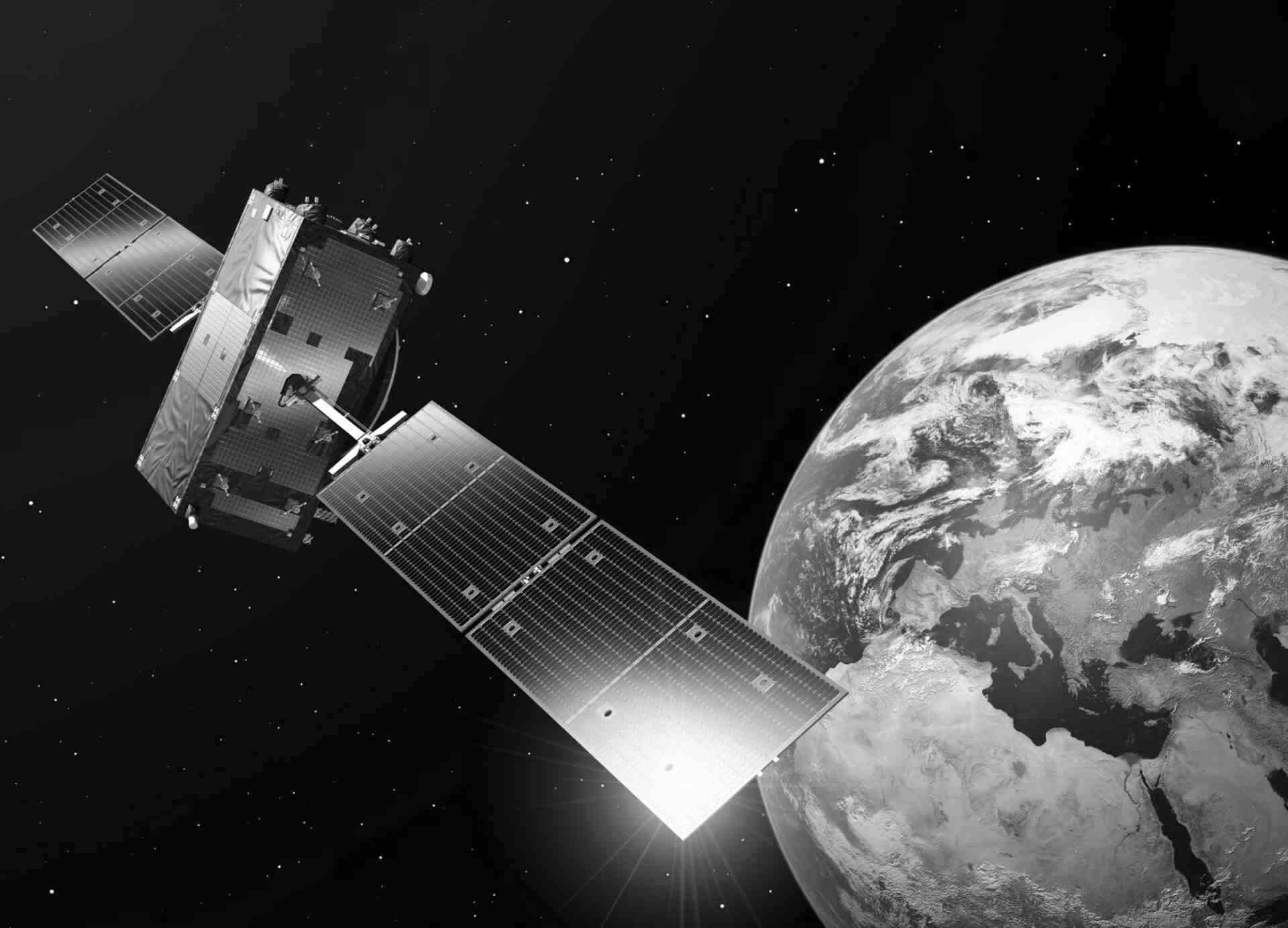Traceability Service in Copernicus Data Space Ecosystem
The traceability service for Earth observation data available in Copernicus Data Space Ecosystem is used for tracking the lifecycle of a data product. It acts as a “historian” of the product lifecycle, collecting the traces of all related events.
The lifecycle begins when the product is created. It includes copying to a number of archives and its possible deletion. It ultimately ends when the product is marked as obsolete. The generated trace provides details about a specific event and includes checksums for the product, its primary contents, and the main input products used to create it.
This allows users to verify if data is original and untampered, identify download locations, as well as understanding whether the product has been marked as obsolete and should no longer be used.
From mid-April, new traces were generated for constantly ingested Sentinel-1, Sentinel-2, Sentinel-3 and Sentinel-5p products. It is planned to start generating traces for historical products that are already available in the Copernicus Data Space Ecosystem.
Traceability Web User Interface
When downloading a product from the Copernicus Data Space Ecosystem, users can go to the Traceability WebUI and query all available traces to ensure that all data was downloaded successfully and whether it was from the correct origin.

https://trace.dataspace.copernicus.eu/traces
Traceability API
The Traceability service is available as an API according to the OpenAPI specification to facilitate the integration in other services.
Traceability Service API OpenAPI endpoint documentation: https://trace.dataspace.copernicus.eu/api/docs
Alternatively, an open-source command line utility is provided for simple trace creation and product verification: https://github.com/eu-cdse/trace-cli
More information about the traceability service is available on Copernicus Data Space Ecosystem: https://dataspace.copernicus.eu/analyse/traceability
Impact
Traceability in satellite imagery is a fundamental concept that holds significant value and utility in various applications related to remote sensing and geospatial analysis. It refers to the ability to trace and track the source and processing history of satellite data, enabling users to understand the data's origin, quality, and reliability. By maintaining traceability, the entire lifecycle of the satellite imagery, from acquisition to processing and analysis, is documented and transparent.
Traceability ensures that the satellite data has undergone appropriate processing steps (i.e. calibration, atmospheric correction, etc.). Traceability is also crucial for scientific research, as researchers can validate and reproduce scientific findings by referring back to the original satellite data and processing steps. This promotes transparency and credibility in remote sensing studies and ensures the reproducibility of results.
Traceable data is often a requirement in certain industries and applications, particularly in contexts where legal or regulatory compliance is necessary. For example, traceability is critical in environmental impact assessments and land use planning.
In conclusion, traceability is an essential aspect of satellite remote sensing. It underpins data quality, enables comparability, supports scientific rigor, enhances environmental monitoring efforts, and ensures compliance with regulations and standards. Emphasizing traceability in Earth observation initiatives is key to fostering trust and confidence in the derived information, ultimately leading to more informed and evidence-based decision-making processes.

